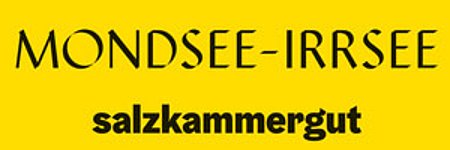Nature experience in November
In late autumn, our rivers carry relatively little water and are therefore ideal for walks along the Zeller Ache and Wangauer Ache. The clarity of the water allows us to observe the bottom of the rivers (scientifically benthos).
With a bit of luck you can watch one of the shy crayfish, but they mostly hide in caves.
Crayfish is under serious threat as it is supplanted by its American colleague, the signal crayfish. In addition to the crayfish, the dipper is a resident of our rivers that can be observed. The dipper is the only songbird that dives and can therefore look for food under water.
The inflows and outflows of our lakes are important spawning waters for many fish species. The spawning season differs depending on the fish species. For example trout and char spawn in November, while the large spawning of "Perlfisch" (rutilus meidingerii) an endemic species of ray-finned fish and "Seelaube" (Alburnus mento) take place in spring.
As an experiment, turn a medium-sized stone in the water up side down. Every stone in the water is a unique habitat and is inhabited by different organisms. Particularly striking here is the larva of the caddisfly, which builds a protective cover with small stones but also organic material for its own protection and is an indicator species for very good water quality.
Service
Tourism association Mondsee-IrrseeDr. Franz Müller Str. 3
5310 Mondsee
Phone +43 6232 2270
Fax machine +43 6232 2270-22
E-Mail info@mondsee.at
Web mondsee.salzkammergut.at/en


